Last year I visited Yakima Valley, WA during hop harvest season. Since hop harvesting and fresh hop beers are now ongoing, I’m re-posting my write-up about the hop harvest and a stop at Bale Breaker Brewing Company.
The original article was called The Mistress.
The Mistress
I have a mistress. She loves to wear green and adorns herself with exotic flowers. Her arms and legs are long and sinewy. Her fragrance is pungent and enticing. When she embraces my lips and tongue, I get weak in the knees. My whole body yields to her intoxicating caresses. She has homes all over of the world and has traveled to almost every city. Men and women alike are constantly seduced by her charms. Every September we start fresh with our relationship. This year we renewed our romance in Yakima Valley, WA and she put on quite a show for me. My wife constantly photographs our intense, intimate encounters. Sometimes she takes videos. My mistress’s name is Humulus Lupulus and her nickname is Hops.Yakima Valley
This September I renewed my love of hops in Yakima Valley, WA during the hop harvest. Located in central Washington State, Yakima Valley is an extremely productive agricultural region noted for apple, wine and hop production. Supplying over 79% of the hops grown in the USA in 2013 (source: United States Department of Agriculture Statistics Service), Washington State and Yakima Valley hop production is critical to beer production.
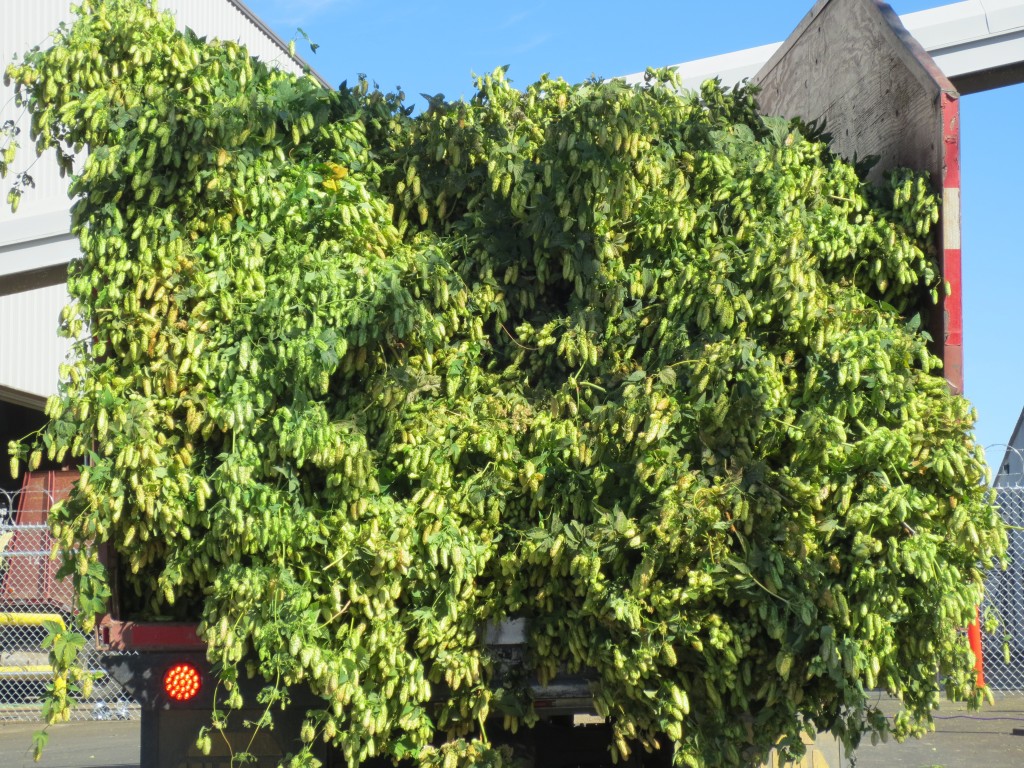
Hop harvesting in this region begins in late August and continues through September. During this time period, brewers throughout the nation visit Yakima Valley to evaluate the hop crop quality and complete purchases for their next year’s beer production.
Bale Breaker Brewing Company
Upon arrival in Yakima, our first stop was Bale Breaker Brewing Company. Bale Breaker Brewing Company is Yakima Valley’s newest brewery and opened their new 30-barrel production brewery in April 2013.
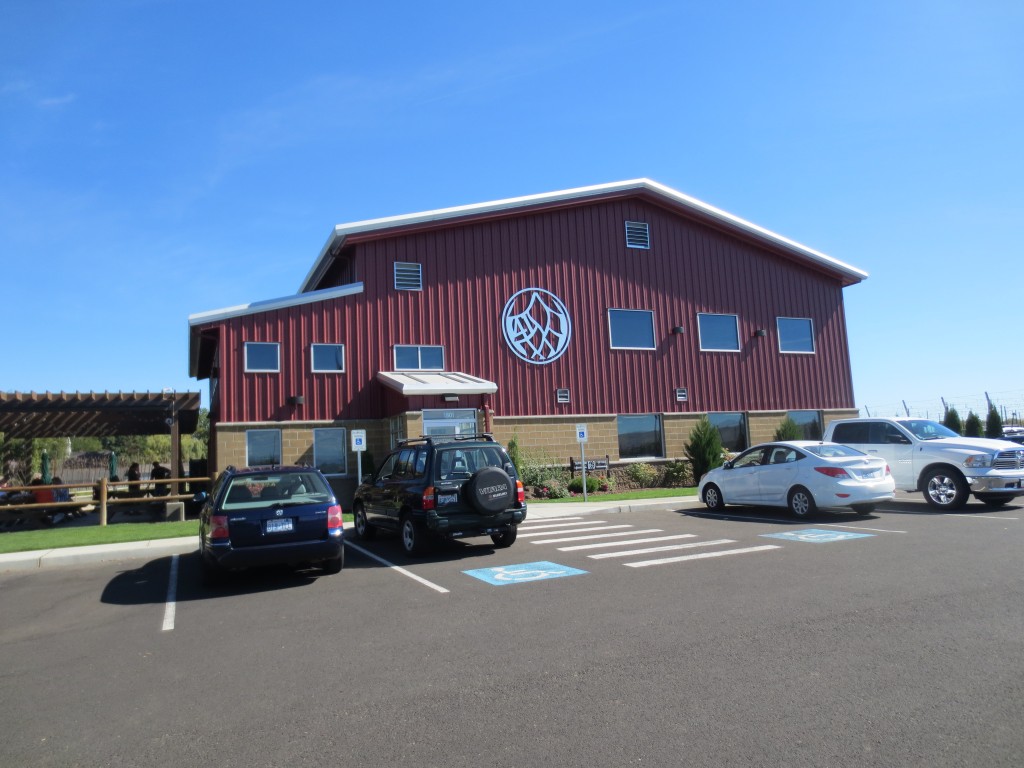
Owners Patrick Smith, Meghann Quinn, and Kevin Smith may have a new brewery, but they are steeped in brewing heritage. Their great-grandparents started Loftus Ranches in Yakima Valley in 1920 and planted their first hops in 1932, the year before Prohibition ended. Today, Loftus Ranches is among the largest growers of hops for the craft beer industry.
Bale Breaker Brewing Company pays homage to this hop growing heritage by demonstrating an array of magnificent hop-derived aromas and flavors in their outstanding beers.
While at Bale Breaker, I met the brewing team from Southern California’s Hangar 24 Craft Brewery. They had just completed Yakima Valley hops purchases for the upcoming year and were having beers before leaving for the airport.
I sampled 4 of the 6 beers available during my visit to Bale Breaker Brewing – Field 41 Pale Ale, Topcutter IPA, Raging Ditch Dry-Hopped Blonde, and Kiln Series #002 Imperial IPA.
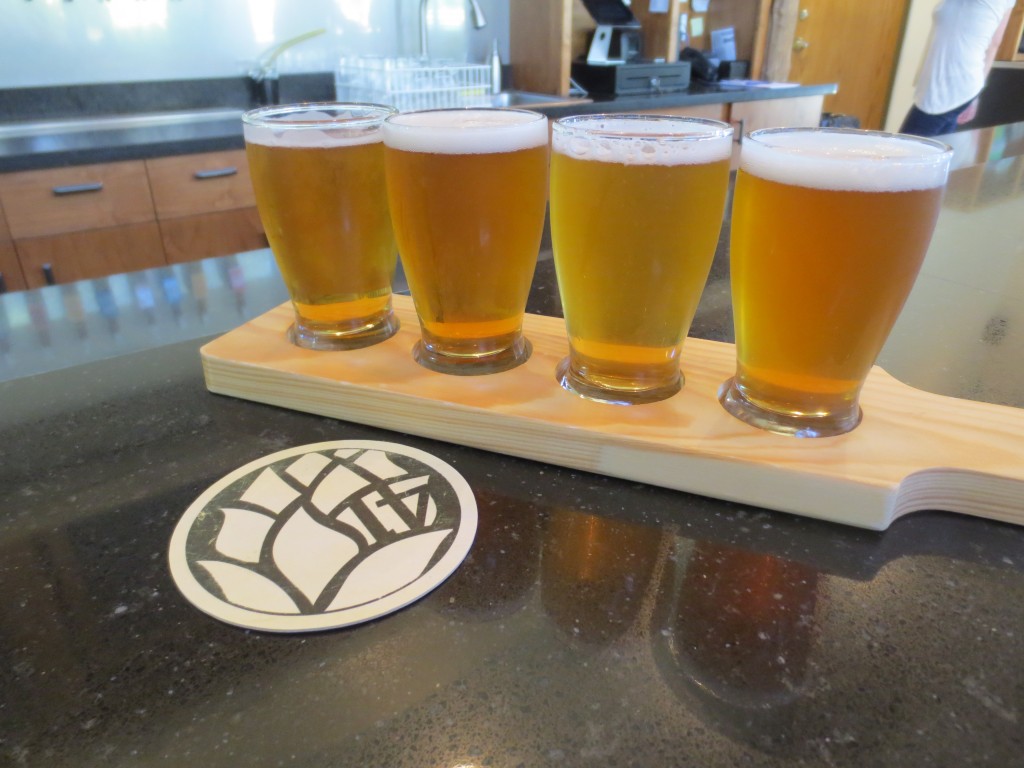
Topcutter IPA is Bale Breaker’s flagship beer. Named for a unique piece of farm equipment that removes hop vines from the trellis during harvest, this beer packs tons of bright and fresh hop citrus, pith, fruit, and floral aromas and flavors. The beer features late additions of Simcoe®, Citra®, Ahtanum™, and Mosaic™ hops and showcases Yakima Valley hops at their finest.
If you want to try beers that feature Yakima Valley hops at their best, Bale Breaker Brewing Company is a must stop.

Hop Harvest
Upon leaving Bale Breakers Brewing Company, we followed a truck full of hops to get to the Loftus Ranches hops processing facility. I met owner Mike Smith and he graciously granted us full access to the facility (Thank you!). We then followed an empty truck returning to the fields where the hop harvest was ongoing.

Here’s a summary of the hop harvest and processing process.
- Commercial hop plants grow on trellises specifically designed to maximize growth and allow equipment harvesting.
- Workers cut the vine at the base of each plant. The top of the vine is then cut from the 18 foot high wire by automated equipment called the TopCutter, falling into the truck at an approximate pace of an acre an hour.
- Sometimes vines fall to the ground and workers need to pick them up and add them to the truck.
- The cut vines are trucked to the processing facility. During the harvest the roads can be very busy with trucks.
- Workers place the vines on conveyor belts that pass the vines through equipment for separating the hop cones from the leaves and vines.
- The separated cones are transported by conveyor belt to another building for kiln drying. The freshly harvested cones contain 80 percent water and would rot or mold quickly if they were not spread across a kiln, heated with natural gas burners, and allowed to dry for about 10 hours. After drying, the cones contain about nine percent moisture and can be processed.
- The dried cones are dumped on another conveyor belt sending them to a warehouse where they are poured and compressed to be sold as whole cones or made into pellets or liquid extract for delivery (once sold) to brokers or breweries.
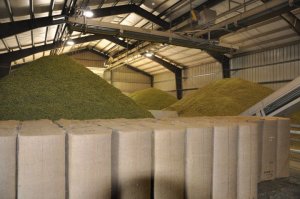
The entire process takes about 24 hours.
During the hop harvest time period many breweries, especially those near hop farms, like to create “Fresh Hop” beers. Fresh Hop beers are made using freshly picked hops that have not been dried. These hops need to be inserted into the brewing process within 24 hours of being picked. When properly created, Fresh Hop beers offer fantastic aromas and flavors. During this trip, I sampled several Fresh Hop beers throughout Oregon and Washington.
Our time spent shadowing the hops harvest and processing made for an exciting, fun day. We even managed to leave with a new car air freshener as we rushed to get to Seattle before nightfall.
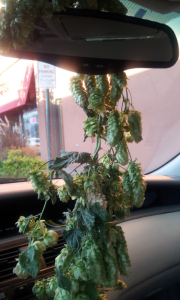

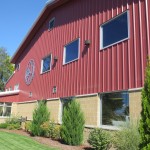
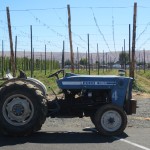


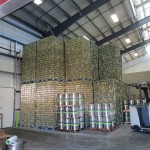
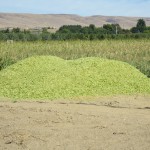

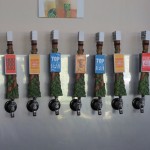

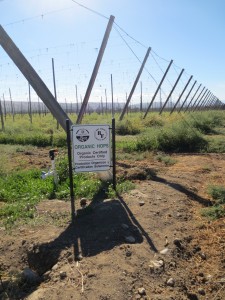


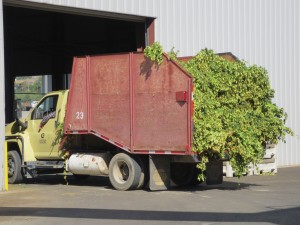
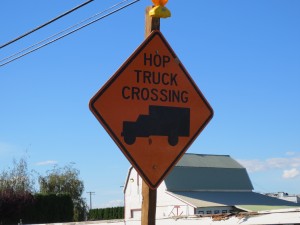
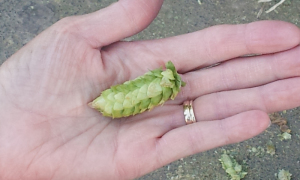
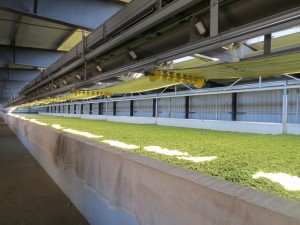
Tell em FirkinRon!